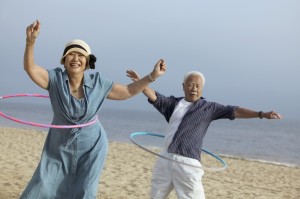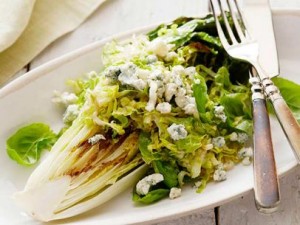The pacifier is the saving grace for many new parents to soothe their crying baby. However, what parents may not know are the germs harbored on the pacifier could be causing more harm than good to their baby’s health. If you have noticed your child is more prone to being diagnosed with strep throat and ear infections, the pacifier maybe the culprit.
Germs are not just on the surface of the pacifier. The porous rubber top of the pacifier is likely to grow bacteria from the inside out. Research conducted at the Tulsa Wellness Care Center found standard lab cultures produced strep bacteria, various strains of staph and the bacteria that cause pneumonia. The pacifier samples also produced the yeast that causes thrush. Thinking you can clean or disinfect the pacifier for continual use? Not necessarily. Even after washing and boiling a pacifier, these bacterias build a resistance under a complex structure called ‘biofilm’ and continue to harbor and grow. Surprisingly, the life expectancy of a pacifier, even after continual cleaning and “disinfecting”, is only two weeks.
So after this information, what should a parent  do? Quit cold turkey? Cry it out? Here are a few helpful tips to ease the distress for both parent and baby:
do? Quit cold turkey? Cry it out? Here are a few helpful tips to ease the distress for both parent and baby:
- Take it away early- newborns have a sucking reflex due to hunger, but by three months of age, it’s non-nutritive. Instead, try soothing your baby rocking or holding them.
- Make it taste bad- Once they are older, they have developed their taste buds and are biased to certain tastes. Parents have tried vinegar or lemon to make it taste bad, but once it becomes unappealing, your child may be pacifier-free.
- Take it away gradually- using it only for naps can be helpful and then gradually letting go the need for it.
- Cut the tops off of the pacifier- an unconventional method, but possibly helpful. Place them strategically where he or she may find them and they will realize they are no longer able to use.
A healthy, happy baby will appreciate your caution in the long run.
All content of this newsletter is intended for general information purposes only and is not intended or implied to be a substitute for professional medical advice, diagnosis or treatment. Please consult a medical professional before adopting any of the suggestions on this page. You must never disregard professional medical advice or delay seeking medical treatment based upon any content of this newsletter. PROMPTLY CONSULT YOUR PHYSICIAN OR CALL 911 IF YOU BELIEVE YOU HAVE A MEDICAL EMERGENCY.









